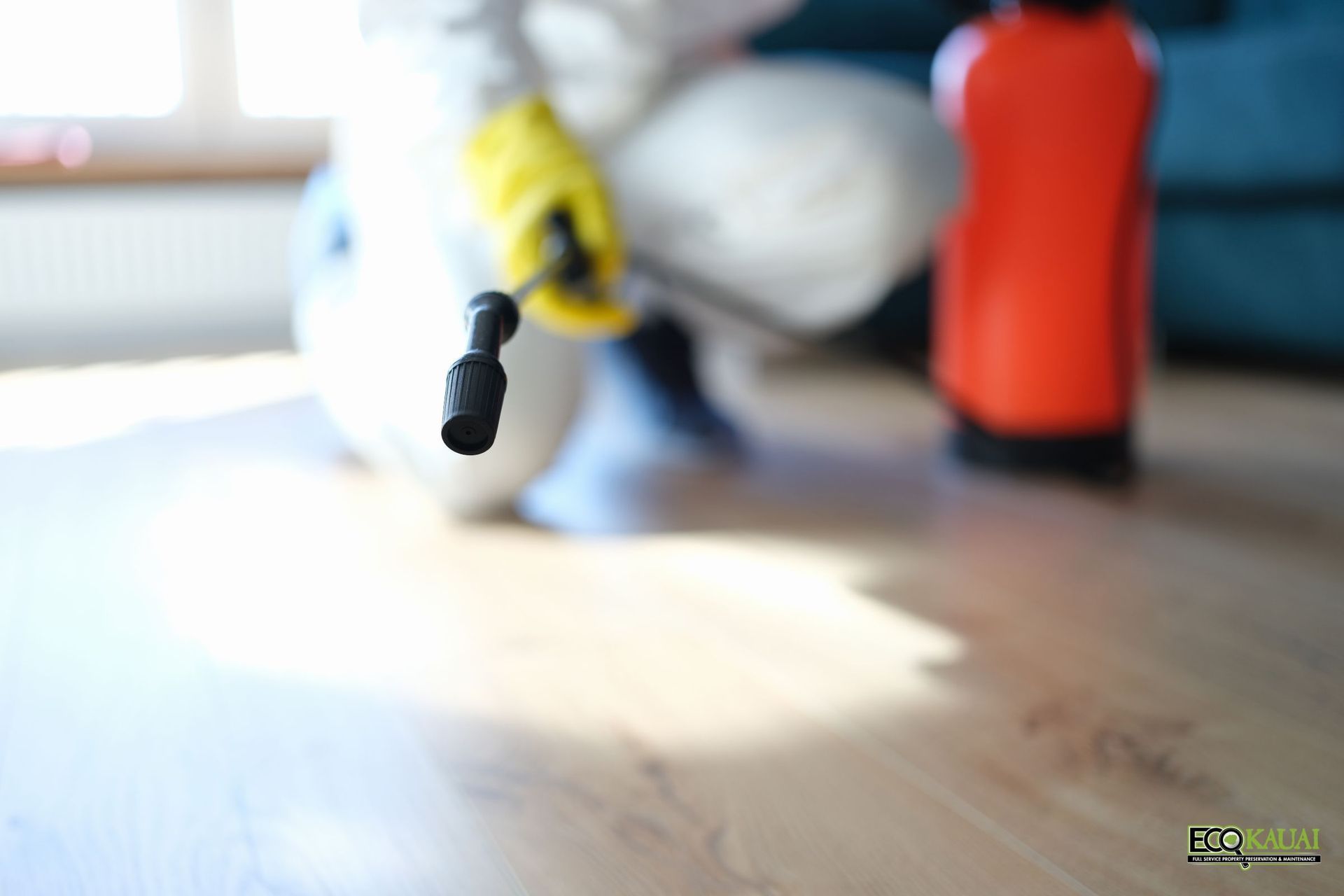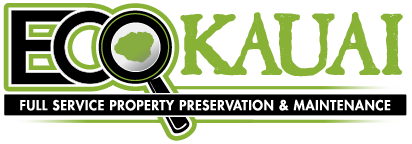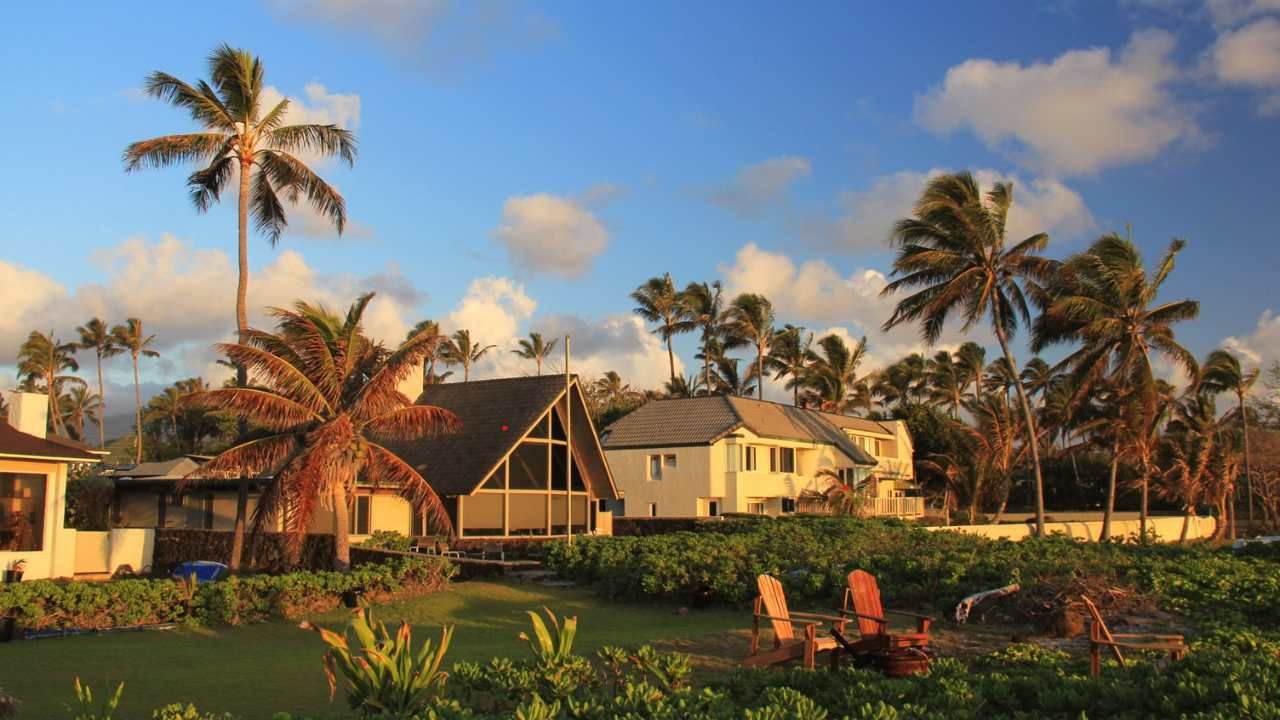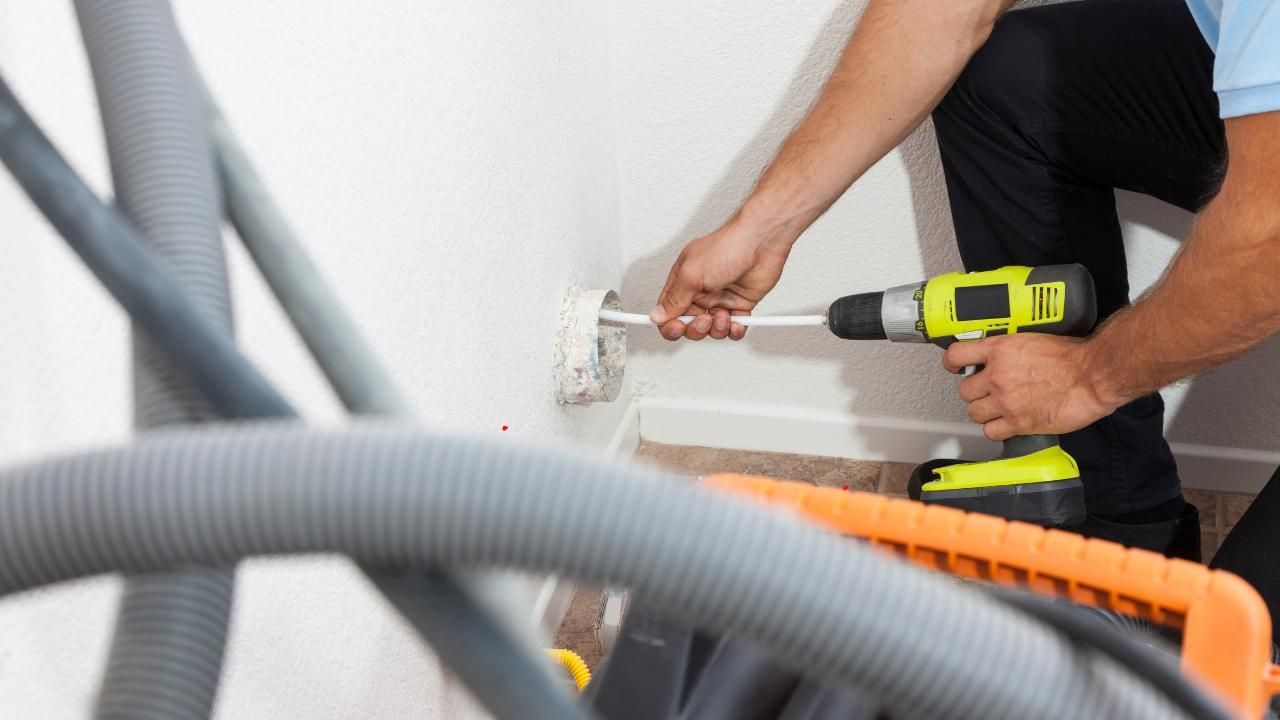Protecting Your Home: Understanding Mold Growth and the Science Behind It
Why Hawaii's Climate Is a Breeding Ground for Mold

Nestled in the heart of the Pacific Ocean, Hawaii is a breathtaking paradise known for its pristine beaches, lush rainforests, and volcanic landscapes. This tropical paradise draws millions of tourists each year, seeking to escape the hustle and bustle of urban life. Yet, amidst its natural beauty, Hawaii harbors a hidden menace: mold.
Mold growth in Hawaii is a persistent and pervasive issue, affecting homes, businesses, and even public spaces. While mold can be a problem anywhere, Hawaii's unique climate provides the perfect conditions for mold to thrive. In this comprehensive 5000-word guide, we will explore the science behind mold growth in Hawaii, shedding light on why this seemingly idyllic state is, in reality, a breeding ground for mold.
The Nature of Mold
Before we dive into the specifics of Hawaii's mold problem, it's essential to understand the fundamentals of mold itself:
What is Mold?
Mold is a type of fungus that exists virtually everywhere on Earth. It's a natural part of our environment and plays a crucial role in breaking down organic matter. Mold spores are microscopic and float through the air, making them virtually impossible to eliminate entirely.
Mold Classification
Molds are classified into various species, with over 100,000 known types. Some molds are harmless, while others can be toxic. We'll explore the most common types of mold found in Hawaii later in this guide.
The Reproductive Cycle
Understanding how mold reproduces is essential. Mold reproduces by releasing tiny, lightweight spores into the air, which can land on surfaces and begin to grow if conditions are right.
Health Implications
Mold exposure can have serious health implications, ranging from allergies to respiratory problems. We'll delve into the health risks associated with mold exposure in Hawaii later in this guide.
Hawaii's Unique Climate
Hawaii's tropical climate is the primary driving force behind mold growth in the state. In this chapter, we will examine:
The Tropical Paradise
Hawaii's climate is often described as "eternal spring." It features warm temperatures year-round, with average highs ranging from 78°F to 88°F and lows between 65°F and 75°F.
High Humidity Levels in Hawaii
One of the defining characteristics of Hawaii's climate is its high humidity levels. Relative humidity often hovers around 80% or higher, creating the perfect environment for mold spores to flourish.
Trade Winds Bringing Moist Air
Hawaii's trade winds, which blow from the northeast, have a significant impact on the climate. They bring moist air from the ocean, contributing to the already high humidity levels.
Seasonal Variations
While Hawaii doesn't have distinct seasons like temperate regions, it does experience seasonal variations in rainfall, which can affect mold growth patterns.
The Perfect Breeding Ground for Mold Growth
In this chapter, we will delve into why Hawaii's climate is the perfect breeding ground for mold:
Moisture and Humidity in Hawaii’s Environment
Mold thrives in moist environments, and Hawaii's high humidity levels create the perfect conditions for mold to grow and reproduce rapidly.
Abundant Rainfall
Hawaii is no stranger to heavy rainfall, especially during the wet season. The combination of warm temperatures and frequent rain provides ample moisture for mold growth.
Porous Building Materials
Many homes and structures in Hawaii are built using porous materials that can absorb moisture, providing an ideal substrate for mold to colonize.
Lack of Insulation
Due to the warm climate, many Hawaiian homes lack proper insulation, which can lead to condensation and increased moisture levels indoors.
Mold Identification and Detection
Recognizing mold is crucial to addressing the problem. In this chapter, we will cover:
Common Types of Mold in Hawaii
We'll explore the most prevalent types of mold found in Hawaii, including Cladosporium, Penicillium, Aspergillus, and the infamous Stachybotrys chartarum (black mold).
Signs and Symptoms
Learn to recognize the signs of mold growth in your home, from visible patches of mold to musty odors and health symptoms.
Mold Testing
Discover the various methods for testing and identifying mold in your home, from DIY kits to professional inspections.
Health Risks of Mold Exposure
Mold exposure can have serious health consequences. In this chapter, we will explore:
Allergic Reactions
Mold can trigger allergies, causing symptoms such as sneezing, itching, and nasal congestion.
Respiratory Issues
Mold exposure can worsen asthma symptoms and lead to other respiratory problems.
Toxic Mold
Certain molds produce mycotoxins, which can be harmful or even deadly if ingested, inhaled, or touched.
Vulnerable Populations
Children, the elderly, and individuals with compromised immune systems are particularly susceptible to the health risks associated with mold exposure.
Mold Prevention and Remediation
Preventing and remedying mold issues in Hawaii requires a multifaceted approach. In this chapter, we'll explore:
Preventive Measures
Discover proactive steps to minimize mold growth, from controlling humidity to proper ventilation.
Mold Remediation
Learn about effective mold remediation techniques and when it's essential to hire professional mold experts.
Legal and Insurance Considerations
Understand Hawaii's laws and regulations related to mold, as well as insurance coverage for mold-related damage.
The Future of Mold Remediation in Hawaii
As we wrap up our exploration of mold growth in Hawaii, we'll take a glimpse into the future:
Emerging Technologies
Explore the latest advancements in mold removal and detection techniques, including sustainable and eco-friendly options.
Hawaii's Adaptation
Learn how Hawaii is adapting to combat mold-related challenges in the future, from updated building codes to educational initiatives.
ECO Kauai Services have journeyed through the science behind mold growth in Hawaii, unveiling the reasons why this stunning island state is a breeding ground for mold. Hawaii's tropical climate, characterized by high humidity and warm temperatures, creates the ideal conditions for mold to thrive. Let's talk about understanding the unique factors contributing to mold growth in Hawaii, which is the first step in effectively managing and preventing mold issues in this picturesque paradise. While mold may be an unwelcome guest in the Aloha State, armed with knowledge and proactive measures, you can maintain a healthy and mold-free environment and continue to enjoy all that Hawaii has to offer.




